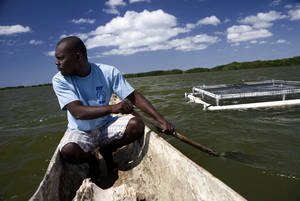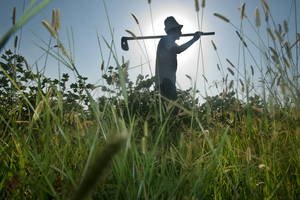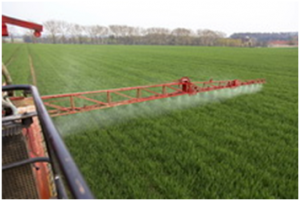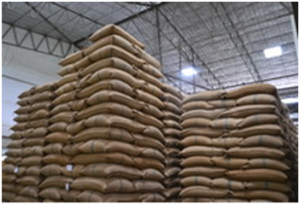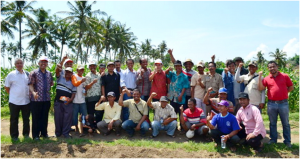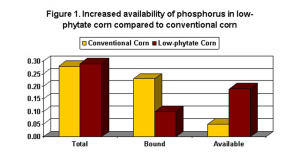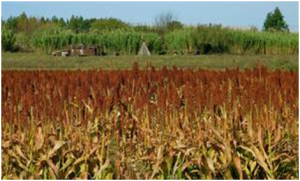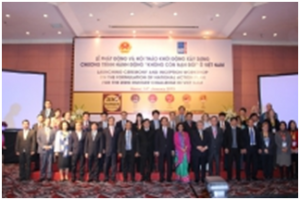|
Variable mortality during the 1918 influenza pandemic in Chicago
Tuesday, 2017/05/09 | 11:55:46
|
|
G. Dennis Shanks and John F. Brundage PNAS May 2 2017
In their study of influenza mortality in Chicago in 1918, Grantz et al. (1) conclude that pandemic-related mortality was related to “neighborhood level social factors” (e.g., illiteracy, homeownership, unemployment). Because “social factors” do not directly cause influenza illness or mortality, they must be surrogates for other factors. Other studies of Chicagoans during the 1918 pandemic provide insights.
Four cohorts were studied during the 1918 pandemic in Chicago: US sailors at the Great Lakes training center (mortality: 4.7%; 936 deaths from 20,000), members of the Student Army Training Corps (SATC) at the University of Chicago (mortality: 0.2%; two deaths from 919), elementary- and high-school students at the University of Chicago (mortality: 0.0%; zero deaths from 881), and Chicago Telephone Company employees (mortality: 0.1%; 10 deaths from 15,334) (2, 3). Both across and within these cohorts, influenza morbidity and mortality widely varied; across the different telephone exchanges of Chicago, illness attack rates among operators ranged from 3 to 27% (mean = 13.7) with no clear geographic patterns. Notably, in the Chicago cohorts, the within-group variability of illness and mortality rates occurred despite uniform living and work conditions (of Navy trainees and SATC members) and similar socioeconomic statuses (of the students and telephone workers).
Grantz et al. (1) suggest that illiteracy may have contributed to influenza mortality by inhibiting the understanding of public health warnings. This explanation is plausible; however, others should be considered. For example, we have argued that one’s risk of dying from influenza in 1918 may have depended on the risk of acquiring sequential infections: pandemic influenza followed by a secondary bacterial pneumonia (4⇓–6). This explanation would explain why new arrivals at military training centers and prisons (versus longer serving soldiers and prisoners), soldiers on troop transport ships (versus permanent crewmen), and hospital patients (versus hospital staffs) had much higher pandemic-related mortality than their counterparts at the same locations (4, 7, 8).
Chicagoans who were illiterate and/or impoverished were relatively likely to have temporary, low-paying jobs (e.g., day laborers in factories). Because infectious diseases other than influenza were more prevalent in city wards of low socioeconomic status, illiterate and impoverished workers likely mixed with myriad strangers of similar socioeconomic circumstances in crowded settings while en route to, from, and at work sites, increasing their risk of acquiring potentially lethal secondary bacterial infections. In contrast, homeowners and the unemployed with influenza may have remained relatively epidemiologically isolated in their homes.
In their commentary, Chowell and Viboud (9) discuss the age-specific mortality peak at 28 y of age; the finding is unique and unexplained (10). There is no plausible relationship between the young adult mortality peak and social circumstances. However, the unusual mortality curve may reflect a cohort effect; for example, if infections of infants during the 1890 influenza pandemic increased mortality risk during the 1918 pandemic, the mortality peak in 1918 would be among 28-y-olds (6).
In summary, the subject report clearly documents a relationship between social circumstances and mortality in Chicago during the 1918 influenza pandemic; however, the causal link between social circumstances and influenza mortality remains undefined.
|
|
|
|
[ Other News ]___________________________________________________
|


 Curently online :
Curently online :
 Total visitors :
Total visitors :
